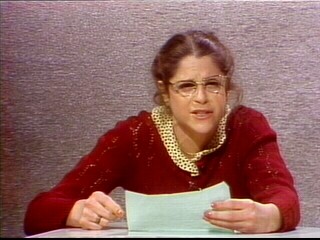dearlybeloved
No longer a newbie, moving up!
- Joined
- Dec 22, 2009
- Messages
- 511
- Reaction score
- 41
- Location
- Auburn, AL
- Can others edit my Photos
- Photos NOT OK to edit
And I'm wondering if picking up a pocket wizard plus III and a flextt5 is going to be what I need.
I'm wanting to be able to take my flash wireless and use it to shoot from a distance. Is this what I should start with or are there other pocket wizard combinations that will be more beneficial in the long run. i don't know too much about triggers so if I'm missing something then I'd like to be filled in.
Thanks guys and gals!
I'm wanting to be able to take my flash wireless and use it to shoot from a distance. Is this what I should start with or are there other pocket wizard combinations that will be more beneficial in the long run. i don't know too much about triggers so if I'm missing something then I'd like to be filled in.
Thanks guys and gals!












![[No title]](/data/xfmg/thumbnail/41/41921-10ae2355bbcea545815ebd932ee145a7.jpg?1734176283)

![[No title]](/data/xfmg/thumbnail/32/32953-da4fe78e854d5dbe210d58591ccf42d4.jpg?1734162831)
